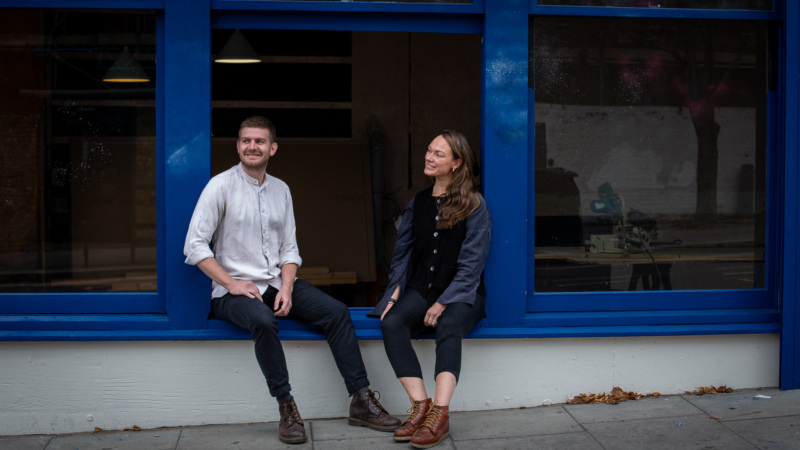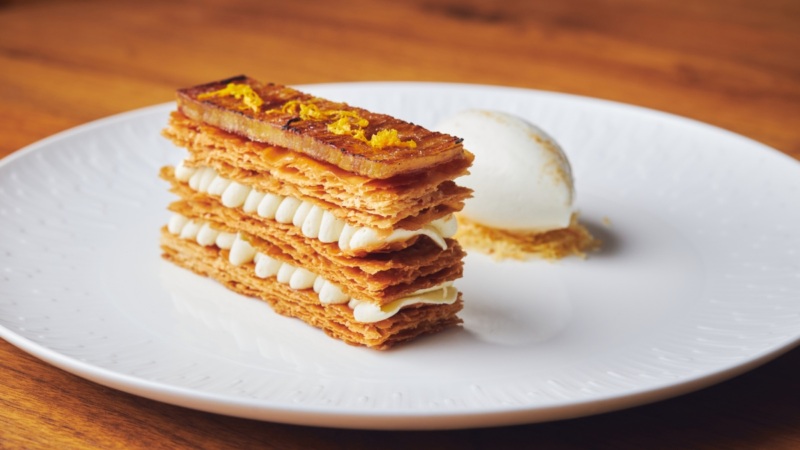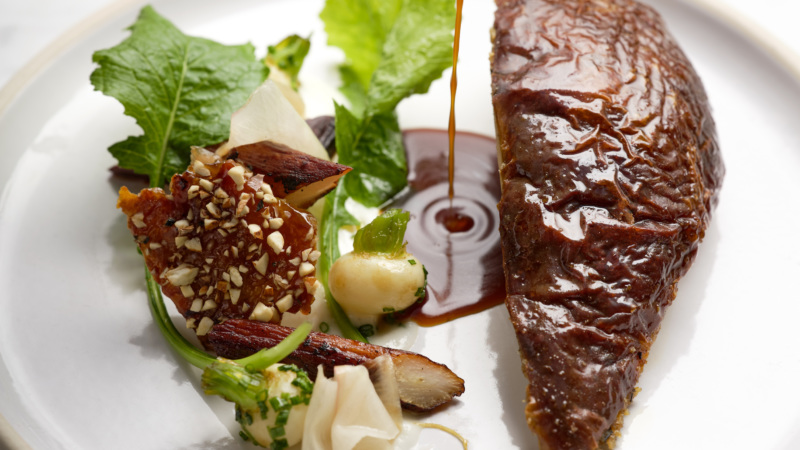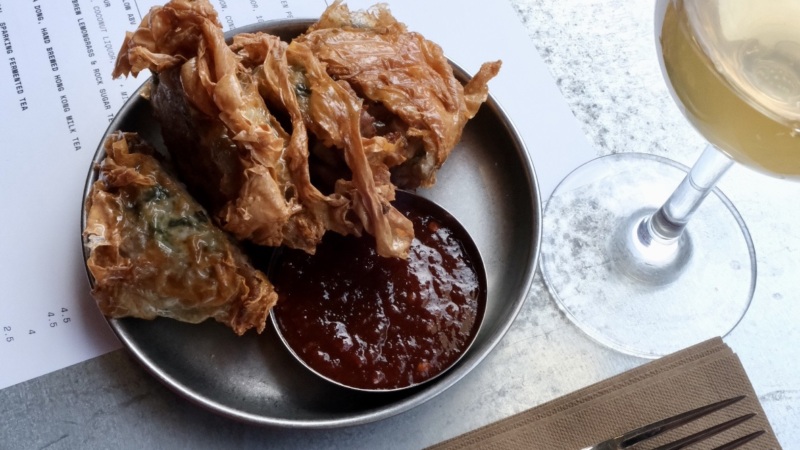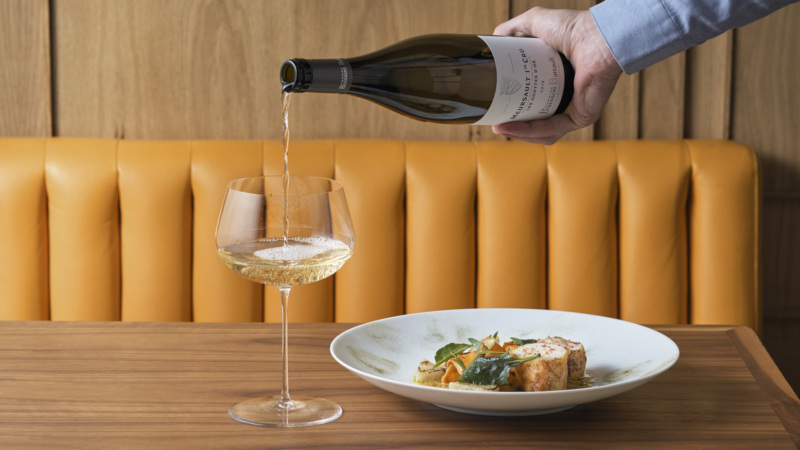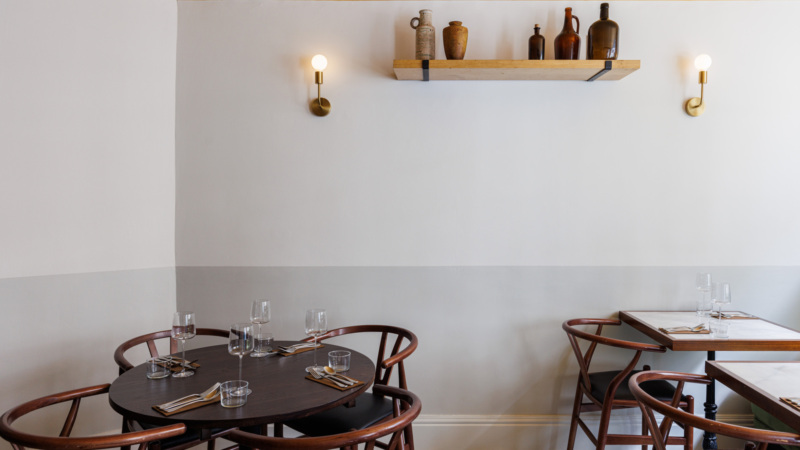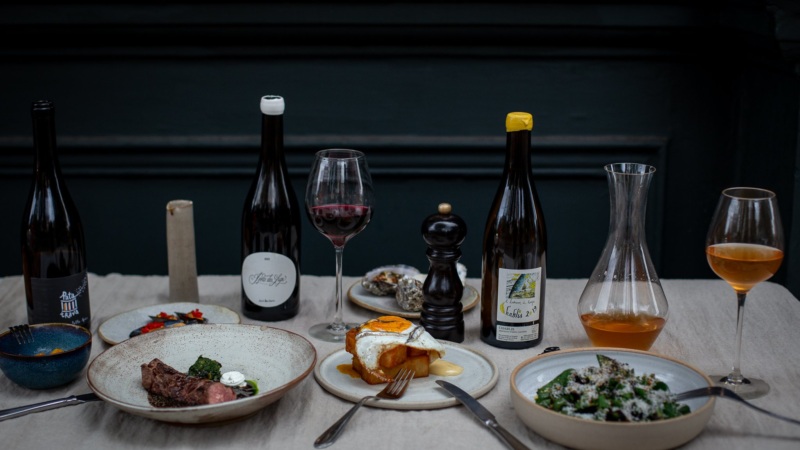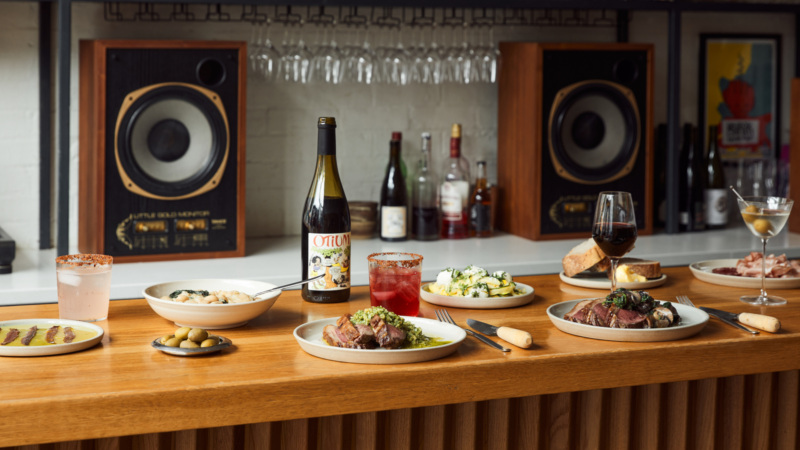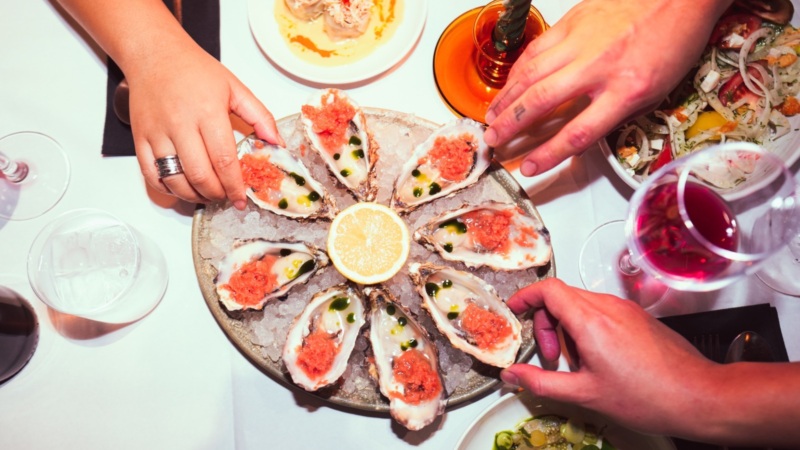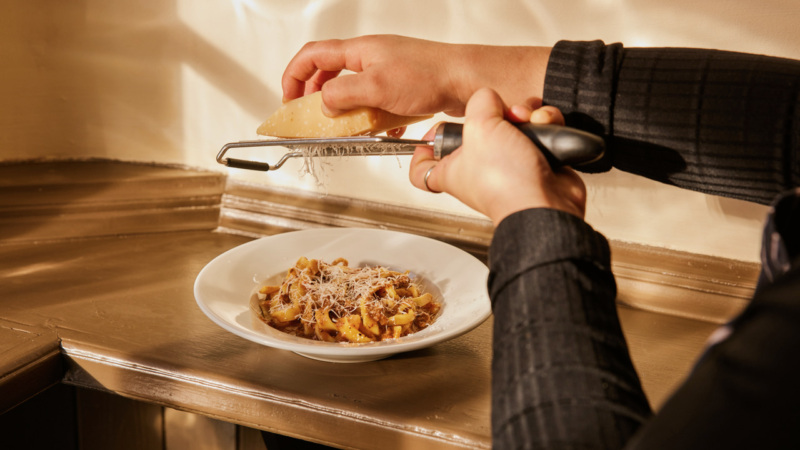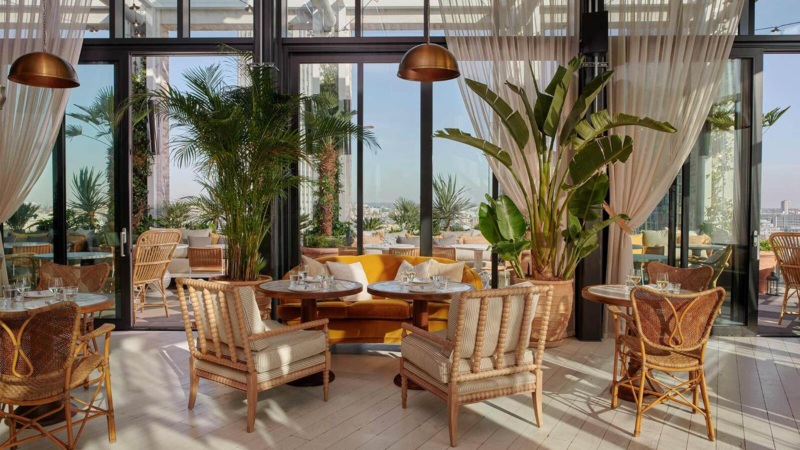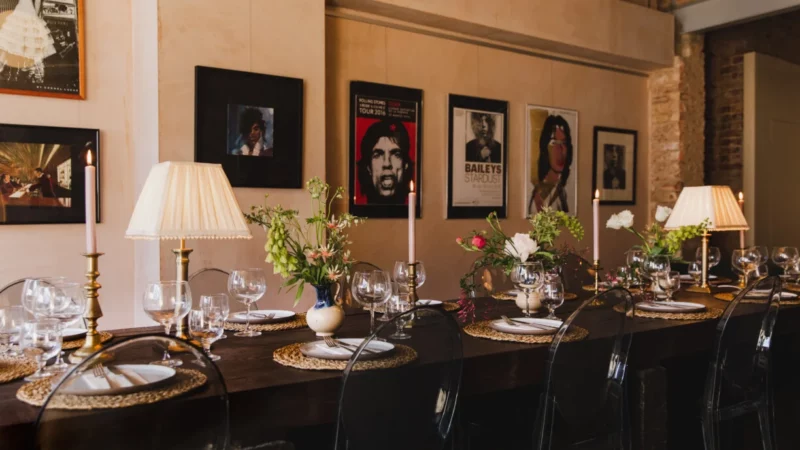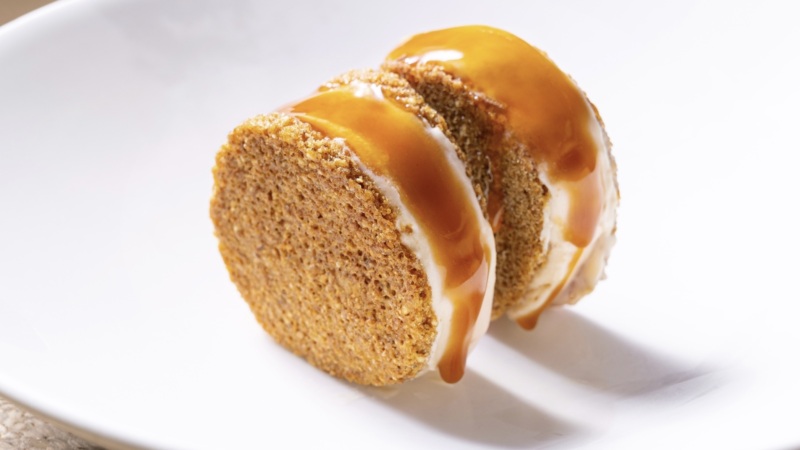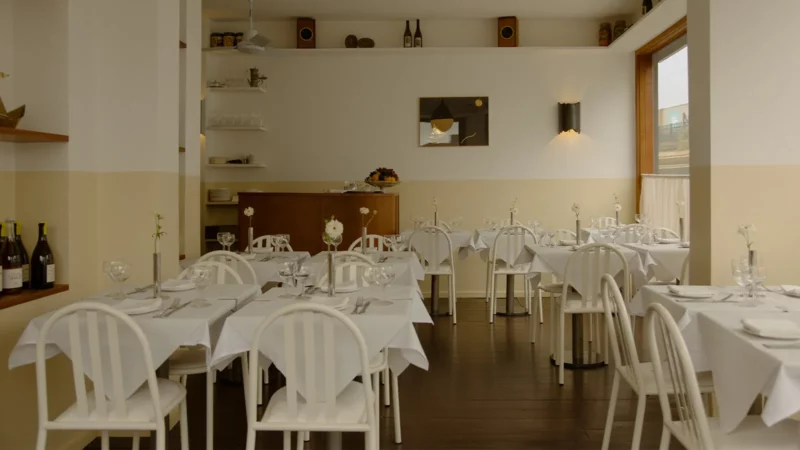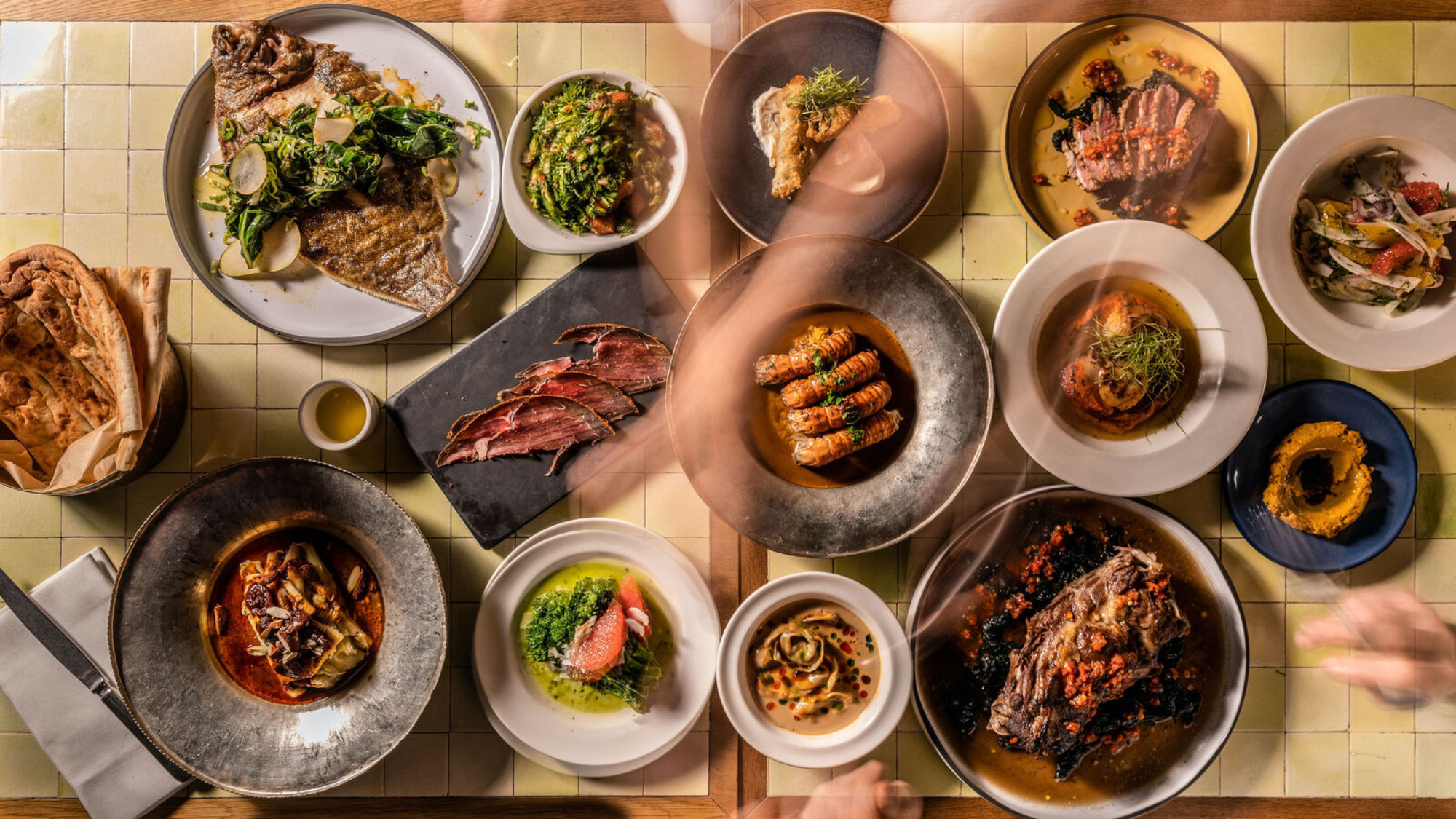
There is a particular kind of anticipation I feel when waiting for my food in an ocakbaşı restaurant in London. A plate of kaleidoscopic pickles and salads arrives before any of the meze – themselves vivid hues like primrose tarama and scarlet ezme – and you are constantly drawn in by the sight of fat dripping from Adana kebabs and lamb ribs, and whirls of smoke from the mangal centrepiece, a painfully alluring spectacle. I don’t think there is another restaurant genre in the city with as much sensory intensity.
Most of us think of this food as Turkish, but our reference points for it are a result of layers of migration; Turkish-Cypriots first came in the 1950s and 1960s, followed by mainland Turks in the early 1980s, and Turkish citizens from the Kurdish regions of Turkey in the late 1980s and early 1990s. Layered in these foodscapes then is “the hidden diversity of the modern Turkish nation,” as Istanbul-born Alevi Kurdish writer Melek Erdal puts it.
It is fairly common knowledge that many of the restaurants marketed as Indian are in fact Bangladeshi, and the same could be said for many ostensibly Lebanese restaurants which are often run by Syrians, Egyptians, and Palestinians. Many ocakbaşıs are run by Kurdish citizens of Turkey, and the labeling of their food as Turkish rather than Kurdish comes down to legibility and marketability.
Ocakbaşıs dominate the Turkish/Kurdish offering, but there are also a growing number of restaurants reflecting the different styles of cooking available in Istanbul and beyond, from restaurants dedicated to corbasi (soup) and stuffed mussels, to quick-service tantuni and kunefe.
Meanwhile London’s Modern Turkish cuisine is partially an evolution of this scintillating food culture, as demonstrated by restaurants like Oklava in the past, and now Mangal II. But more recently – and perhaps in part due to the demand for and excitement around this nosh – Istanbul chefs have chosen London as the place to export their version of Turkish cuisine to.
So, does this make London one of the best cities in the world to eat Turkish food?
It might be a reach, but what we can safely say is that every Londoner who loves food has a connection to ocakbaşı culture. The genre is as essential to the city’s gastronomic identity as curry houses and Chinese takeaways, perhaps even more so. And if you’re cooking Middle Eastern food in London, moreover, there is no greater benchmark, particularly if you were raised in the city, but also if you came to it later. So while this list is mostly writers, cooks, and chefs with origins in Turkey, it also makes space for those who it has inspired along the way.
Any geographical distinction has the potential to be crude, but Dalston, Green Lanes, and the London borough of Enfield contain the densest concentration of Turkish restaurants and food businesses in the city. Most recommendations fell into the former two, however, so for ease, the list is arranged into Dalston, Green Lanes, and everywhere else.



